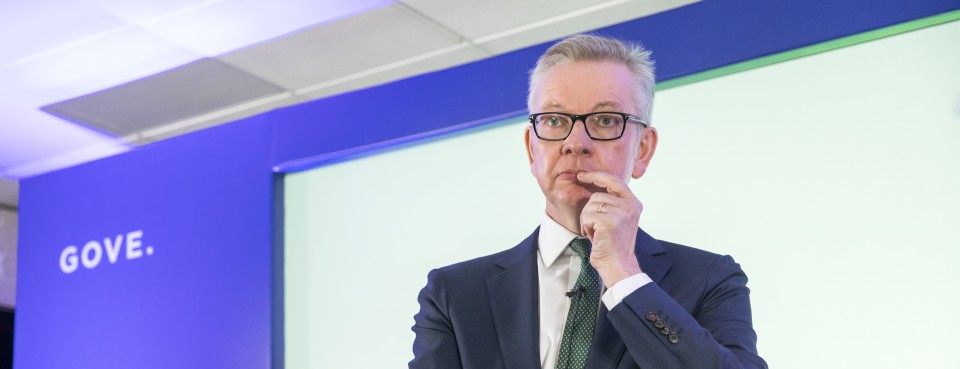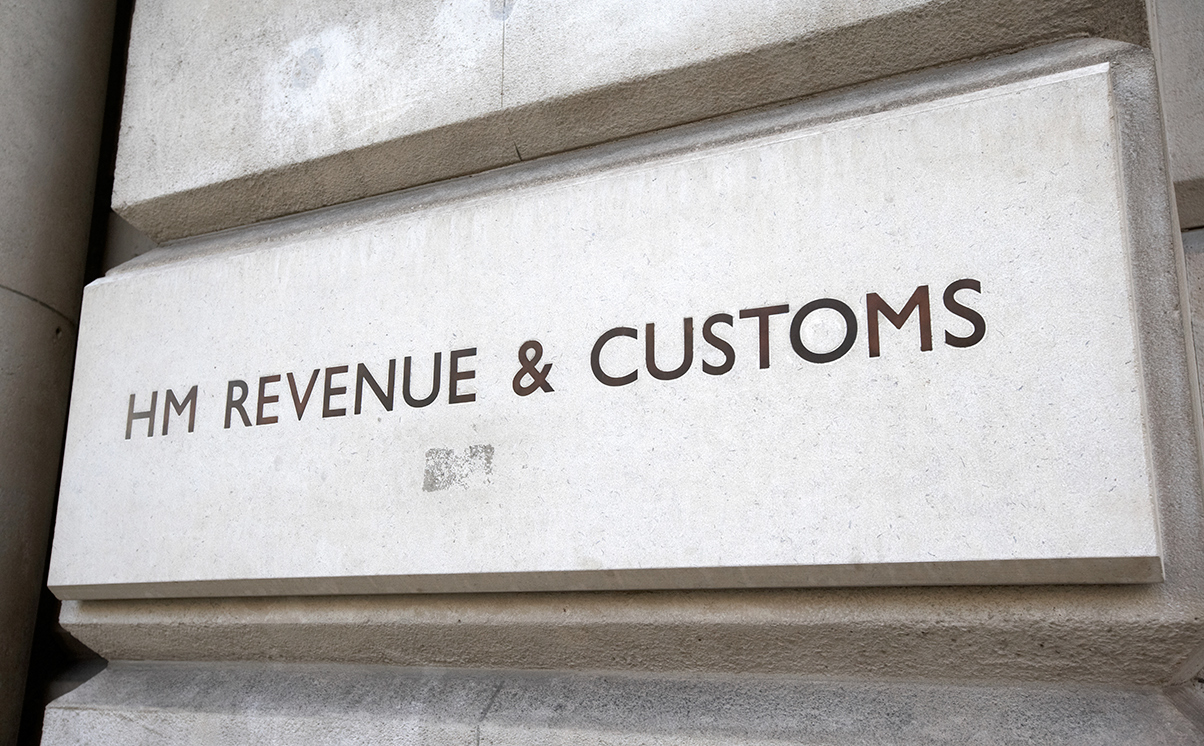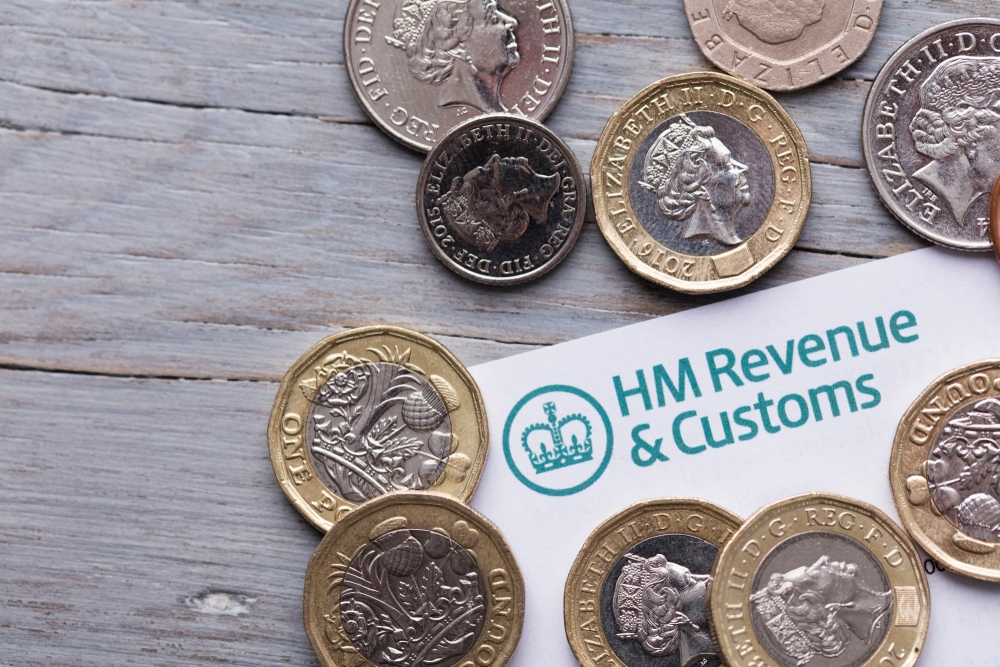Victor Cramer writes for Bloomberg Tax about Michael Gove’s recent proposal to replace VAT with a ‘lower, simpler sales tax’.
Former Tory Prime Minister leadership candidate, Michael Gove has promised to replace VAT with a lower, simpler sales tax. Victor Cramer of Stewarts explains why this proposal strikes him as a tale of “sound and fury, signifying nothing.”
There is little doubt that the value-added tax (VAT) system needs simplification. It comprises a set of standard rules modified by exemptions and exceptions, and then exceptions to the exceptions, with a sprinkling of anachronisms. The whole bundle creaks under its own weight criss-crossing Europe with no real sense of direction, like Don Quixote on Rocinante, traipsing across La Mancha.
But, for all its faults and maddening aspects, the system works. It shrugs off its structural shortcomings and emerges as a serviceable and reasonably progressive pan-European tax.
I fear that Mr Gove’s proposed replacement would not only lack the charm and rugged functionality of the original but would be largely dysfunctional.
The Problem with Red Lines
Mr Gove has already drawn three “red lines.” There is a fourth that he has not articulated but will be dictated by the needs of the U.K. Treasury.
The Treasury will undoubtedly require any replacement tax to raise the same level of revenue. Coincidentally, VAT raises about 20% of the U.K.’s tax revenue. That is a deep purse to fill. This is not an insuperable issue, he could raise some other tax rate or accept that the Treasury will have less money. However, neither seems particularly plausible in the post-Brexit world.
VAT is an EU tax. Replacing VAT means the U.K. has left Europe. That is the context of Mr Gove’s proposal: a Brexiter’s Brexit. In the post-Brexit economic doldrums, it is unimaginable that the Treasury will accept any significant reduction in its tax income. That is his first, and yet unarticulated, red line. It is an important one because it dictates what the tax must look like if he sticks to his other declared red lines.
What else can be teased from his statement?
He is not suggesting scrapping VAT in favor of (for example) higher income tax; he is swapping VAT for a new sales tax. There is still going to be a tax added at the point of sale.
Next, the new tax is going to be simpler. “Simple” is an ideal characteristic of a tax, but it does beg the question “why is VAT so complex?” Did someone make it complex as some sort of challenge, or is it dealing with a host of complex commercial and international systems?
Finally, the rate will be lower. Here, we tread boldly into the land of unintended consequences. Lower rates cannot, for the reason explained above, mean less tax paid overall. This feels like rearranging the deck chairs on the Titanic.
The Complexity of the Current System
VAT is a transactional tax. It applies to every transaction throughout a supply chain at one of four rates: standard, reduced, zero or exemption.
The economic burden is intended to bite the final consumer, not the traders in the supply chain. This is achieved by setting off tax paid in the supply chain (inputs) against tax charged in the supply chain (outputs) for each trader in the chain. In the U.K., traders account to HM Revenue and Customs (HMRC) for the difference between their input VAT and their output VAT.
Even straightforward reporting is a little complicated, and it becomes downright exasperating when a business has multiple rates, exemptions and international supply chains. VAT is also (largely) harmonized and engaged across Europe, which adds another level of complexity.
Oddly enough, though, all of these complexities combine to give a fair degree of legal and commercial certainty. Wherever you are in the EU, a widget should be taxed in the same way. The VAT rate may be slightly different (within agreed bounds), but it won’t matter where the widget came from or how many steps there are in its supply chain, the widget will be taxed in the same way.
The network of confusing and extensive exemptions and reduced or zero rates also adds complexity, but they are important. They turn what would otherwise be a regressive tax into one which is, by and large, quite progressive. Complexity and progressivism go hand in hand in VAT (although I’m sure that some of the former was put in for fun).
The Simple
If Mr Gove wants a genuinely simple tax, then he needs to sweep away the whole system of incremental taxation, inputs, outputs, exemptions, reduced rates, and zero rates. He can then apply a single rate of tax to every transaction at a given point in the supply chain.
This might be presented as administrative simplification. It is not. It would amount to a big, principled change in direction.
What other consequences flow from Mr Gove’s statement?

Photographer: Chris Ratcliffe/Bloomberg
The What?
This new tax will be charged at a lower rate. However, if you want to lower the rate but keep the volume, you have to broaden the base.
Recent statistics from the Office for Budget Responsibility and the Office for National Statistics show that roughly half of household expenditure goes on standard rated items and about 3% on reduced rated items. That’s 47% of our household spend going on things that don’t bear VAT at all.
You do not (generally) pay VAT on:
- transport costs;
- groceries;
- sports and cultural activities;
- health and welfare;
- rent and mortgage costs;
- credit charges;
- most medical care;
- water charges;
- sewage charges;
- education costs.
Think of the first two-and-a-bit layers of Maslow’s hierarchy of needs: in high-level terms, you don’t pay VAT to keep yourself fed, housed, healthy and moving around to work and socialize. This is what makes U.K. VAT progressive.
If Mr Gove wants to simplify his tax, charge a lower rate, and keep the same revenue level, he has to broaden the tax base. This new tax will have to be all-encompassing tax and attach to almost everything. “Simple” requires minimal carve-outs. Low rates require a broad base.
The result? Renting is more expensive. Mortgages and loans are more expensive. Commuting (and other travel) is more expensive. The weekly shop is more expensive. Fish and chips, and alcohol might get cheaper, new tax accounting might be easier, but otherwise, prepare to put your hand in your pocket. This tax would be vast in scope.
I am not convinced this is a good trade-off.
The When?
VAT applies throughout the supply chain, but bites at the end. When would this new tax bite?
Back in 1940, the Purchase Tax was introduced by the U.K. Chancellor Sir John Simon. It was the precursor to VAT. A desire to avoid administrative burdens and unpredictable cumulative effects led to a tax proposed only at the wholesale stage. Outside politics, the world at large and commerce, in particular, has moved on from the 1940s, and a tax imposed only at the wholesale stage simply would not work. Or at least, it wouldn’t work without a significant layer of complexity around the definition of a wholesaler. Consider Amazon’s own brand products, which go from manufacturer to Amazon to consumer. There is no wholesale stage. Would they be tax free?
This new tax will almost certainly have to apply at the retail stage. Retailers large and small will have to dump their shiny new Making Tax Digital compliant systems and introduce new accounting and record-keeping systems. They will have to adapt their business models, supply chains and pricing to the impact of that new tax. Everyone in the chain before the retailer will have to work out how much tax they bear, and how much they pass on, and will have to price accordingly.
Watching economists debate this issue isn’t pretty, or indeed conclusive. Predicting the impact of a new tax and pricing throughout an entire supply chain is not for the faint-hearted. Nor is interpreting a new tax. Someone recently sent me a list of 22 Court of Justice of the European Union cases in the last 30 years dealing with when a holding company can recover VAT on its costs. Any new tax is going to lead to another 30 years of disputes over its interpretation (albeit in the domestic courts rather than the European court).
Tax reporting might get simpler. Nothing else would.
The Where?
Within the EU, VAT works across borders. Where would this new tax apply?
The answer is simple: less so, the consequences. Any new tax can only apply domestically, within the borders of the U.K. (although, hello Northern Ireland questions?). Within the U.K., that is relatively straightforward.
What about imports and exports? Within the EU, VAT works to avoid additional tax burdens just because something crosses a border. A new domestic sales tax would (and could) not. A U.K. product exported to Europe would have the 20% charge added when it was sold in Europe, whereas a European product imported into the U.K. would not charge VAT on export, but only bear a lower rate (whatever that lower rate is) in the U.K. The position is almost exponentially worse if the new sales tax was applied throughout the supply chain.
The Conclusion?
A new post-EU U.K. government could certainly swap VAT for a sales tax that is structurally simpler and charged at a lower rate. But it would be more regressive. It would probably mean paying more tax on the basics and overall. It might make our exports less competitive. All the time, effort and expense spent getting ready for the VAT Making Tax Digital deadlines would be wasted. It would also mark the U.K. out as almost unique in a world where countries are replacing sales tax with VAT systems.
We would be better off working to simplify the entirely workable system we already know and feel ambivalence for. Mr Gove’s proposal will, I suspect, be “much ado about nothing.”
This article first appeared in Bloomberg Tax, published 20 June 2019. The original version can be found here
Reproduced with permission from Daily Tax Report: International, Published June 20, 06/20/2019. Copyright _ 2019 by The Bureau of National Affairs, Inc. (800-372-1033) http://www.bna.com
You can find further information regarding our expertise, experience and team on our Tax Litigation and Resolution pages.
If you require assistance from our team, please contact us or request a call back from one of our lawyers by submitting this form.
Subscribe – In order to receive our news straight to your inbox, subscribe here. Our newsletters are sent no more than once a month.



